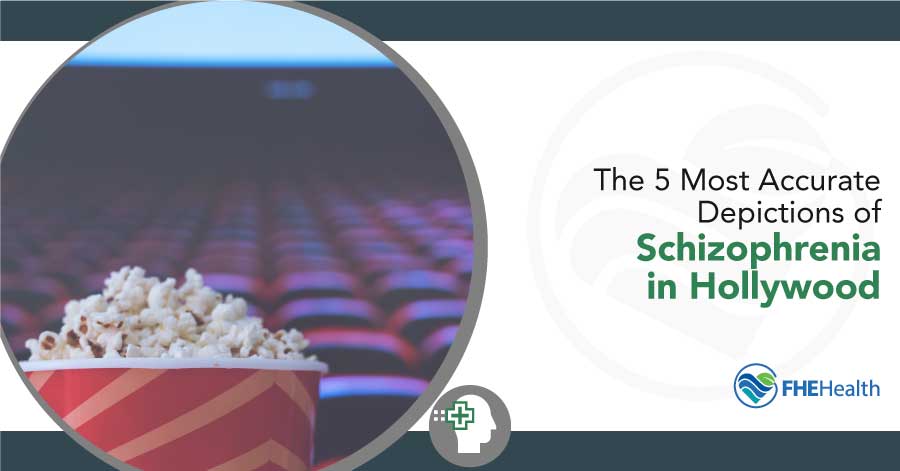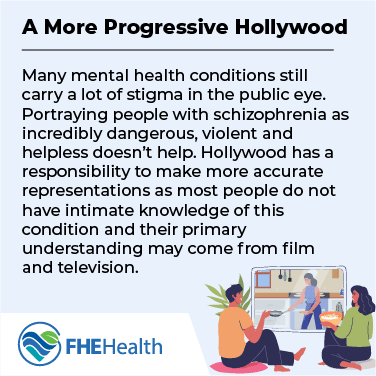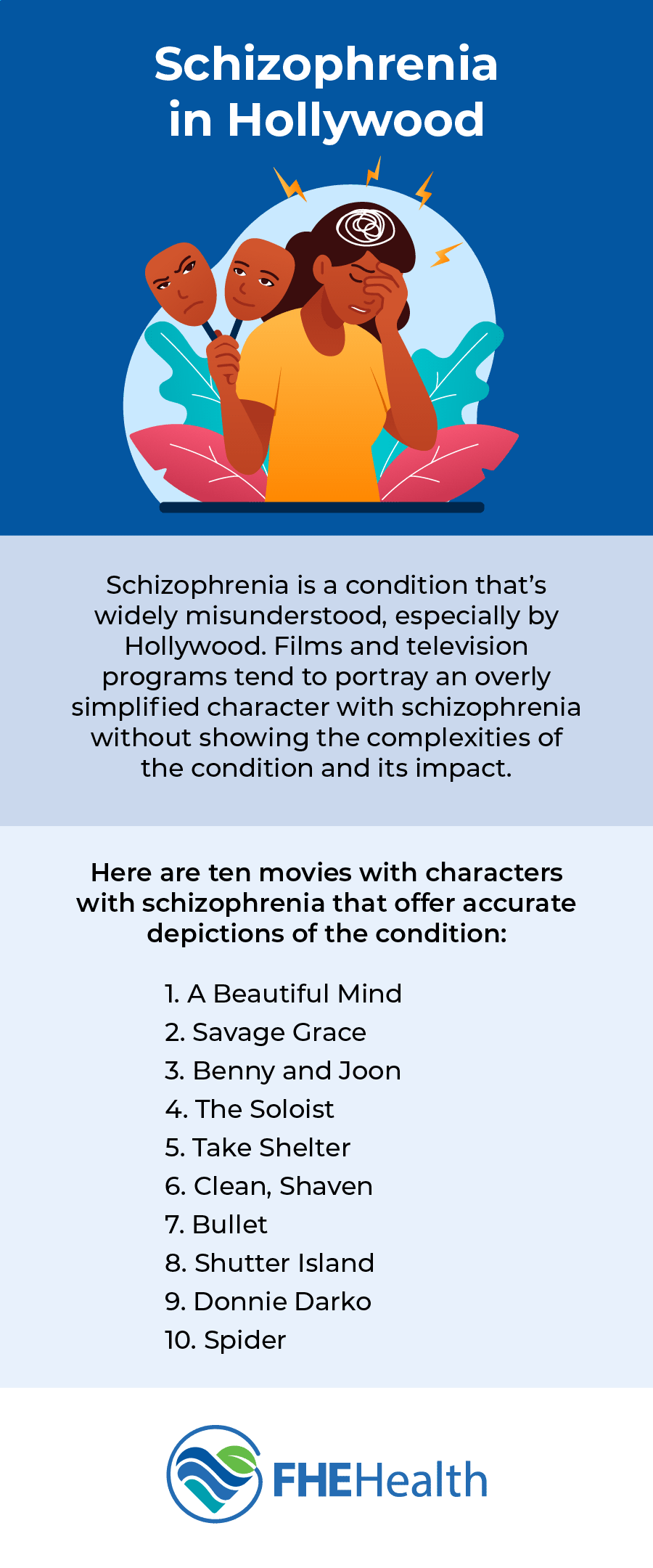
 Schizophrenia is a condition that’s widely misunderstood. First, schizophrenia itself is an umbrella term and there are many types of the disorder, including disorganized, residual and undifferentiated. Additionally, schizophrenia presents differently in men versus women and children versus adults.
Schizophrenia is a condition that’s widely misunderstood. First, schizophrenia itself is an umbrella term and there are many types of the disorder, including disorganized, residual and undifferentiated. Additionally, schizophrenia presents differently in men versus women and children versus adults.
Of course, these significant differences aren’t always captured by Hollywood. Instead, films and television programs tend to portray an overly simplified character with schizophrenia without showing the complexities of the condition and its impact. Luckily, some movies have done this mental health condition some justice with an accurate and in-depth portrayal. Here are five movies with characters with schizophrenia that offer accurate depictions of the condition.
1. A Beautiful Mind
When you mention movies with schizophrenia, for most people, the first film that comes to mind is A Beautiful Mind. The movie is based on the real-life story of American mathematician and Nobel Prize winner John Nash. What you may also have heard it is that it is an extremely inaccurate portrayal of schizophrenia. There are many issues with the way this film handles the experience of schizophrenia, for the sake of storytelling, but with that being said, due to it’s popularity, there are aspects of it that are accurate.
While a graduate student at Princeton University, Nash begins to develop symptoms of paranoid schizophrenia. He has hallucinations about three people in his life and believes he’s working on a secret plot against the Soviets. A doctor tries to medicate Nash, but he eventually relapses and puts his wife and child in danger. When the movie wraps up, Nash’s wife is supporting his decision to stay off medication. Nash is living a productive life by living with his hallucinations while acknowledging they are not real.
When it comes to stories of schizophrenia, John Nash’s story is an excellent portrayal of how the condition can devolve and impact close family members. Most problematic is the portrayal of schizophrenia as having fully realized personalities that you are interacting with. Furthermore, some mental health experts don’t approve of the film ending with Nash being unmedicated, worrying that it’ll encourage others to do the same.
For the sake of narrative, the audience is presented full-fledged characters that John is interacting and talking with. the audience is told later that these were manifestations of his schizophrenia. The danger in this is that the audience may come away thinking this is schizophrenia, schizophrenia must include imagining people. This is not the case at all. Many schizophrenics suffer from delusions and fixations that you are being followed or harassed that can encourage conspiratorial thinking. Hallucinations from schizophrenia are most commonly voices, that the schizophrenic can believe are divine. What would be extremely uncommon is to have multiple people in your life that you do not realize are imagined.
Interestingly, real-life Nash said the movie showed him relying on medication longer than he really did. He also said he believed psychotropic drugs are overrated. Still, it’s important to note that the idea of just ignoring your schizophrenia symptoms, as portrayed in the movie, isn’t a medically supported treatment plan.







